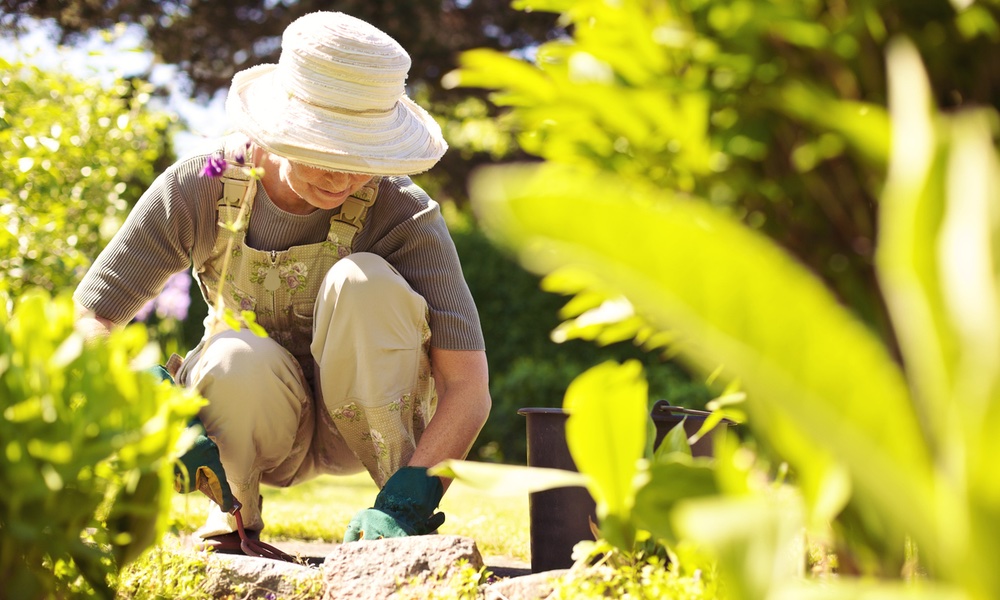Smartphone use among teens, particularly during school hours, has become a big concern for parents, teachers and policymakers.
It's clear that teens are spending a great deal of time on their phones, but it has been difficult to pin down exactly how teens are using their phones. Kids aren't always texting each other or watching videos. They may also be searching for answers to questions related to school work, or making plans for pickup with their parents or caregivers.
Knowing more about what teens are doing on their phones and what they miss out on while on their phones could help protect them from the poor educational and health outcomes that have been found to accompany smartphone use.Teens spent about 1.5 hours on their phones during the school day. Ninety minutes is a lot of time taken away from learning.
“Ninety minutes is a lot of time taken away from other positive opportunities for learning and interacting with others during the school day,” Lauren Hale, corresponding author on the study, told TheDoctor. A quarter of the teens in the study spent more than two hours on their phones while they were at school, according to the tracking app, RealityMeter.
The five most-used apps or activities were messaging, Instagram, video streaming, audio and email. “I see through my own experience and the experience of others just how distracting smartphones can be,” Hale said. She went on to say school should be a place for learning and engaging with others and, with very few exceptions, smartphones distract from that.
The researchers are providing this information to help policymakers and administrators develop enforceable rules about smartphone use at school. Hale said it is currently up to each teacher to enforce rules about smartphones. “That is an unfair burden to put on individual educators,” she said.
Leadership at the state level can help put these rules in place, with zero tolerance for smartphones in schools, said Hale, a professor at the Renaissance School of Medicine at Stony Brook. Everybody would be in agreement and know what is expected of them, resulting in consistent rules across classrooms. That way, students will not feel pressure because no one will have a phone. Hale pointed out that, unfortunately, enforcing such a policy might be difficult.
This insight comes from an earlier segment of an ongoing study in which Hale and her team are looking at smartphone activity over the course of the whole day, not just during school hours. That aspect of the study analyzes smartphone use before bedtime and even in the middle of the night. It also assesses how phone use at different times of day affected teens' physical and mental health.
Because the tracking app for the current study provides such specific data, researchers are hopeful it will tell them the kinds of behaviors most connected with health risks such as the tendency to be sedentary and gain weight and distinguish them from more benign smartphone use at other times. “We want to see if [certain] patterns of social media use on one smartphone are linked to outcomes like depressive symptoms, physical activity levels and sleep health,” Hale said.School should be a place for learning and engaging with others and, with very few exceptions, smartphones distract from that.
For example, they are interested in seeing if smartphone use at night is associated with not only worse sleep, but worse mental health compared to smartphone use during the day. A tracking app can provide the kind of detail needed to do this.
The study was published in JAMA Pediatrics.




